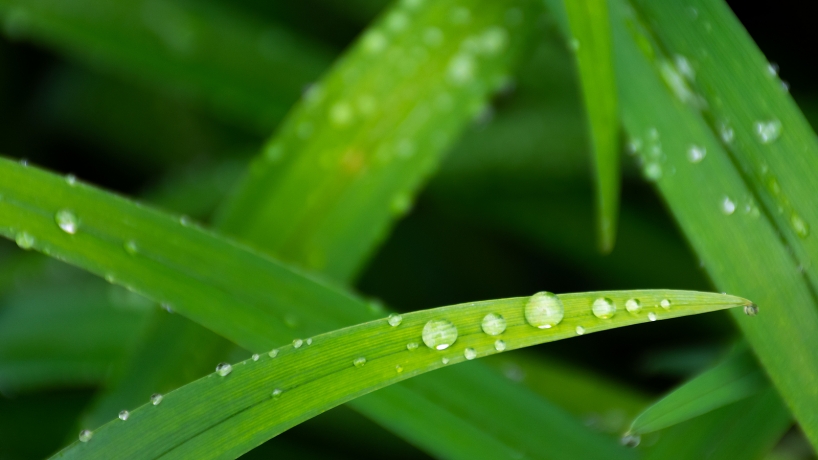
March 22nd, 2022 by
If you are a lover of a lush, green lawn you may well already be aware of the virtues of applying iron sulphate. Iron sulphate is an iron-rich nutrient for grass that strengthens it. Because it’s stronger and healthier, it becomes more resistant to disease, pests, drought, and weeds and the end result is thicker, greener grass which makes for a beautiful lawn.
disease, pests, drought, and weeds and the end result is thicker, greener grass which makes for a beautiful lawn.
The nature of gardening is very seasonal, and many horticultural tasks are dependent on a number of factors such as time of year, weather, and temperature. Applying iron sulphate is no different so here are some tips around when and to apply it to maximise its performance.
Apply throughout the year
Iron sulphate can, in fact, be applied throughout the year and you should ideally seek to do it every 6-8 weeks. Applied in early spring, it will encourage healthy growth once the hours of daylight lengthen (amount of daylight has a bigger impact on plant growth than temperature) and help it to resist the pests that become more common as the weather gets warmer. Applied in autumn it will help keep it hardy to cope with the harsh conditions of winter. Periodic re-applications in between keep the levels topped up.
Apply after rain, before the rain, or ideally in between rain showers
The rain really is your friend when it comes to iron sulphate. That’s because it needs moisture to dilute it and help it penetrate the ground effectively to reach the roots of the grass. When bought in granular form, you will need to dilute yourself prior to applying but if the ground is already well saturated, it will really help it disperse evenly. Rainfall after applying will help further so keep an eye on the forecast and plan your application in advance of the next shower. The ideal time is in between showers to take full advantage of Mother Nature’s assistance.
If no rain is forecast, you will have to thoroughly water the area manually.

Avoid hot, sunny days
While a sunny day may seem like the ideal time to undertake gardening jobs, it’s not a good time to apply iron sulphate so stick to weeding or planting on these days. There are a couple of reasons for this. The first relates to the point above and the importance of moisture. If the weather is very warm and dry, the ground will usually also be dry and this can make it difficult for the iron sulphate to penetrate, even if it’s well diluted or watered in.
Secondly, high temperatures can cause the chemicals in the iron sulphate to become more potent and this can scorch and damage the grass.
Apply in cool conditions, but not very cold ones
The points above demonstrate that the best conditions are wet and cool days (cooler temperatures allow the ground to retain moisture for longer) but be careful not to apply when it’s very cold. The iron sulphate will struggle to penetrate the ground that is frozen plus pouring water onto it will most likely just create ice rather than allow the treatment to absorb.
How to apply
The method of application doesn’t really change. If bought in granular form, you will need to dilute to the correct ratio (see the instructions on the packaging). You can adjust this according to whether you are maintaining levels for greening or turf hardening. If using liquid iron sulphate, you can apply it neat. Use a watering can or garden sprayer and apply evenly across the lawn. If rain is forecast you can leave it at that but if not, or it’s not looking likely to be much of a shower, you can water in well using a hosepipe, watering can, or sprayer.
Comments
Leave a reply
Your e-mail address will not be published. All fields are required


